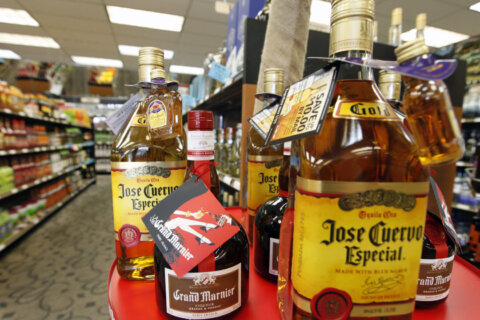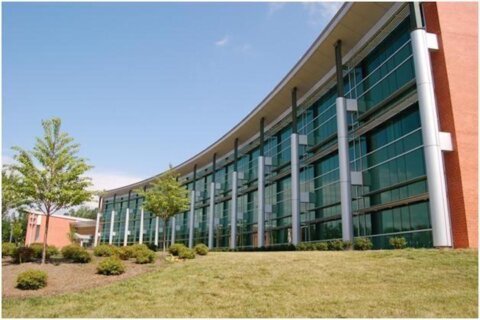The Virginia Marine Resources Commission (VMRC) voted to lift a ban on dredging for blue crabs in the winter in a 5-4 vote on Tuesday.
The process, which involves towing a “half-inch nylon mesh liner” along the bottom of the Chesapeake Bay according to Maryland’s Department of Natural Resources, allows fishers to collect blue crabs along the bottom of the body of water.
The move drew immediate fire from neighboring Maryland where the DNR said in a release that it “strongly disagrees with Virginia’s decision.”
Maryland DNR Secretary Josh Kurtz said in a statement that the recovery of the blue crab after a steep decline in the 2000s “can be directly traced to Maryland and Virginia cooperatively managing blue crabs, especially females, based on science.” The action by the VMRC “breaks with this successful approach.”
“It’s a bad day if you care about blue crabs,” he wrote.
VMRC’s Director of Communications Zach Widgeon responded, “We didn’t open the fishery; nothing has changed,” adding that the move allows its staff to research what dredge fishing would look like in Virginia in 2025.
There had been “lots of contention” over whether the VMRC could have prohibitions over fisheries, Widgeon said.
“Does that discriminate against certain user groups, in particular the winter dredge fishermen,” he asked.
When the winter dredging prohibition went into effect in 2008, there were 98 eligible permit holders harvesting crabs in the fishery. That user group has “declined drastically,” Widgeon said.
Since then, “a lot of our commercial watermen” have been asking “what is the trigger point” for when winter dredging could resume.
Allison Colden, Maryland director of the Chesapeake Bay Foundation, told WTOP the move by the VMRC raises questions than answers.
“How many people would be allowed to participate? How many days of the week,” she said, asking how a potential harvest would impact the crab population across the Chesapeake Bay.
Colden said the concern over reopening the winter crab fishery stems from the tumultuous history of the crab population.
Prior to the 2008 closure of the fishery, 96% of the harvest was adult female crabs that were “harvested before they had an opportunity to spawn and contribute to the next generation of crabs,” said Colden.
“At that time, we had declared a ‘federal fisheries disaster’ based on the low number of crabs in the bay and concerns about the long term sustainability of the population,” she said.
According to Colden, concerns about the crab population remain.
In the winter dredge survey of the crab population released in May, the VMRC and Maryland DNR estimated the blue crab “abundance” at 317 million, down from the previous year’s survey of 323 million.
The VMRC will meet again in September, when it will discuss and vote on crab dredging regulations.
Get breaking news and daily headlines delivered to your email inbox by signing up here.
© 2024 WTOP. All Rights Reserved. This website is not intended for users located within the European Economic Area.








